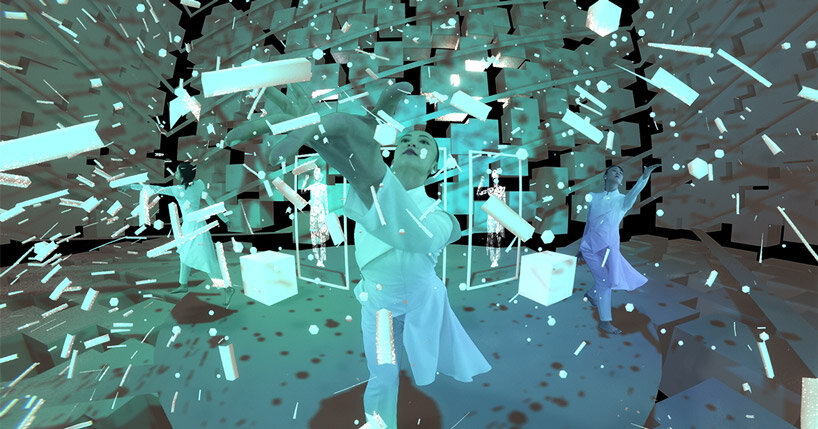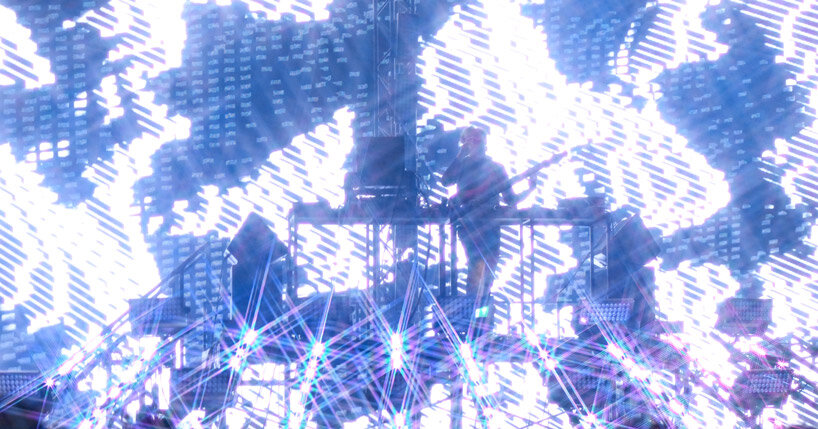
Sònar by day, main venue. image © designboom
PRODUCT LIBRARY
mercedes-benz revisits the iconic luxury of its legendary 1970s models to inspire the futuristic electric supercar study.
apple unveils its 'vision pro' virtual and augmented reality headset -- discover the experience and the new technology!
connections: +330
holger hampf, head of designworks, reveals the electric watercraft to designboom at the world debut.
connections: +360
just before it was produced, hyundai’s 1974 pony coupe concept, designed by giorgetto giugiaro came to halt. years later, it’s finally making its debut.
connections: +380










